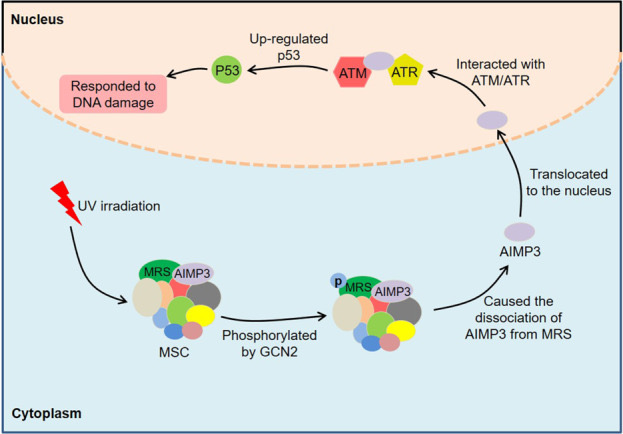Innovative Use of Spider Silk Revolutionizes Nerve Repair Techniques

The integration of spider silk into medical technology marks a significant advancement in nerve repair procedures, promising to enhance recovery rates for individuals suffering from peripheral nerve injuries. Newrotex, a medical device startup founded by researchers from the University of Oxford, is spearheading this innovative approach, which utilizes strands of spider silk as a supportive structure for nerve regeneration.
Historically, nerve damage due to trauma or surgical complications has posed a substantial challenge in medical practice. According to the U.S. National Institutes of Health, only 60% of individuals with nerve injuries return to work within a year following treatment. Traditional methods, such as autografting, which involves harvesting a nerve from another part of the body for repair, present significant drawbacks. These include a complication rate of approximately 27%, alongside a limited success rate of around 50% in restoring normal nerve function (U.S. National Library of Medicine, 2023).
Despite various attempts to utilize artificial conduits for nerve repair, such as cadaver donor nerves, success rates remain low, particularly for gaps larger than 1 cm. The body’s natural healing mechanisms typically fail to bridge wider gaps, leading to nerve failure. Newrotex's approach, however, aims to overcome these limitations by leveraging the unique properties of spider silk, which offers a biocompatible and durable solution.
Dr. Alex Woods, founder and CEO of Newrotex, explains that the company’s technique involves suspending spider silk within a hollow tube that spans the damaged nerve area. This allows nerve axons to grow along the silk fibers, facilitating reconnection over distances of up to 20 cm, which exceeds the limits of traditional methods. The silk remains in place for several months, providing essential support during the critical regeneration period. "This plug-and-play device enables quick treatment by a broader range of surgeons, not solely experts in nerve repair," Dr. Woods stated during a recent interview.
The spider silk is sourced from the Golden Orbweb spider, chosen for its well-documented silk properties and efficient production characteristics. The harvesting process involves careful stimulation of the spider to produce silk, a method that adheres to strict medical device regulatory standards, including ISO 13485 (International Organization for Standardization, 2023).
In animal trials, the silk-based implants have demonstrated significant efficacy in facilitating nerve repair, with human trials set to commence later this summer. If successful, this innovative treatment could redefine the standards for nerve repair and potentially be adapted for use in central nervous system injuries in the future.
The implications of this technological advancement extend beyond individual patient care. Enhanced nerve repair techniques could lead to decreased healthcare costs associated with long-term nerve injury rehabilitation and improve overall workforce productivity. As the medical community awaits the results of upcoming human trials, the potential for spider silk to revolutionize surgical practices in nerve repair appears promising, signaling a new era in regenerative medicine.
Advertisement
Tags
Advertisement





